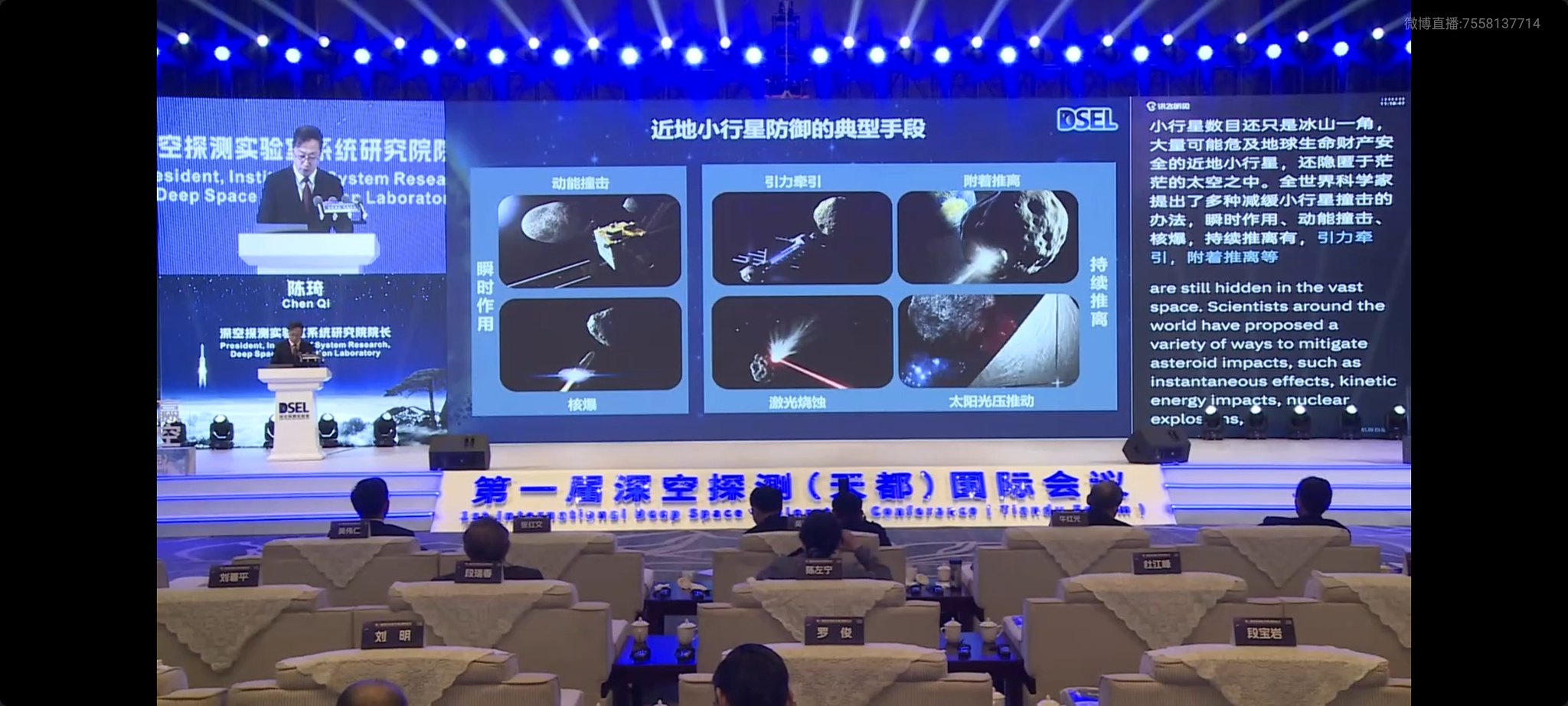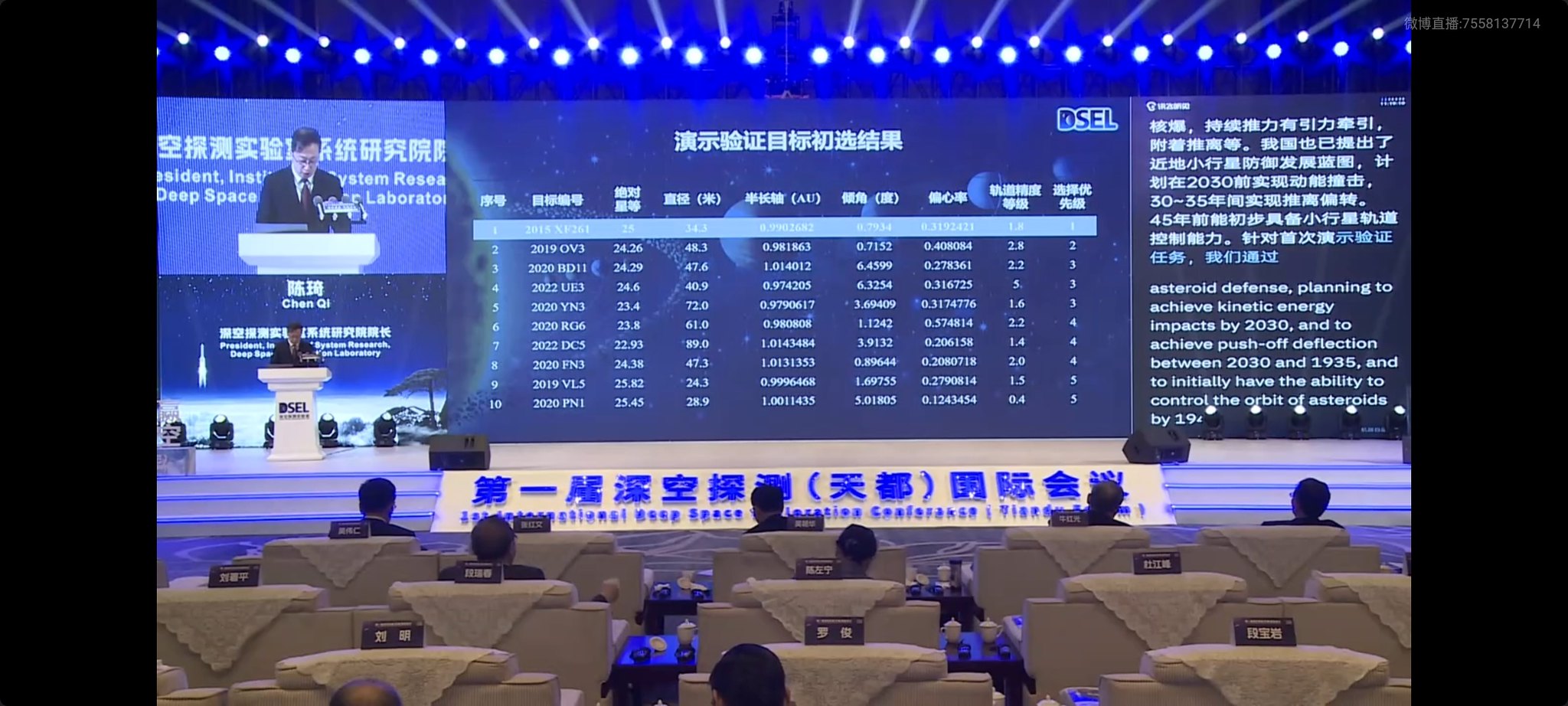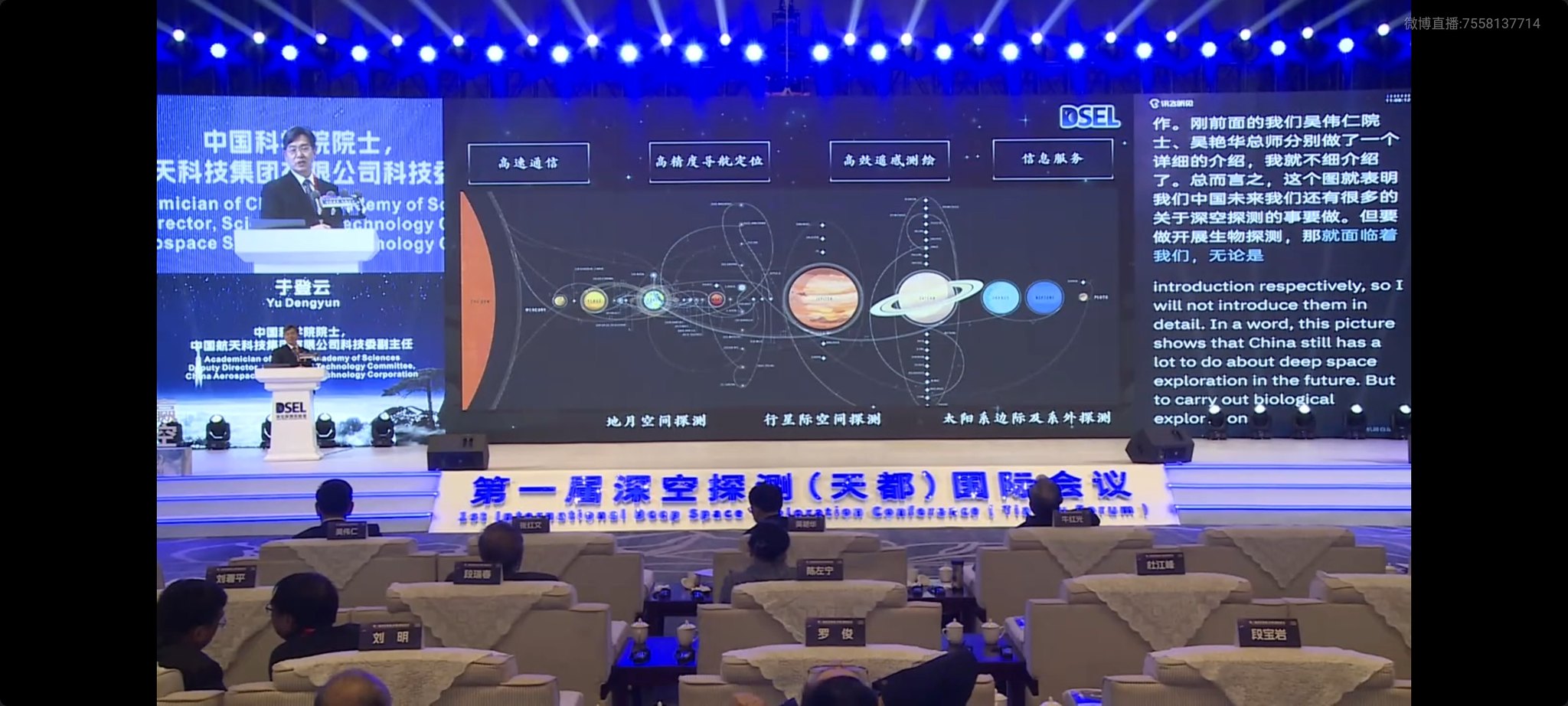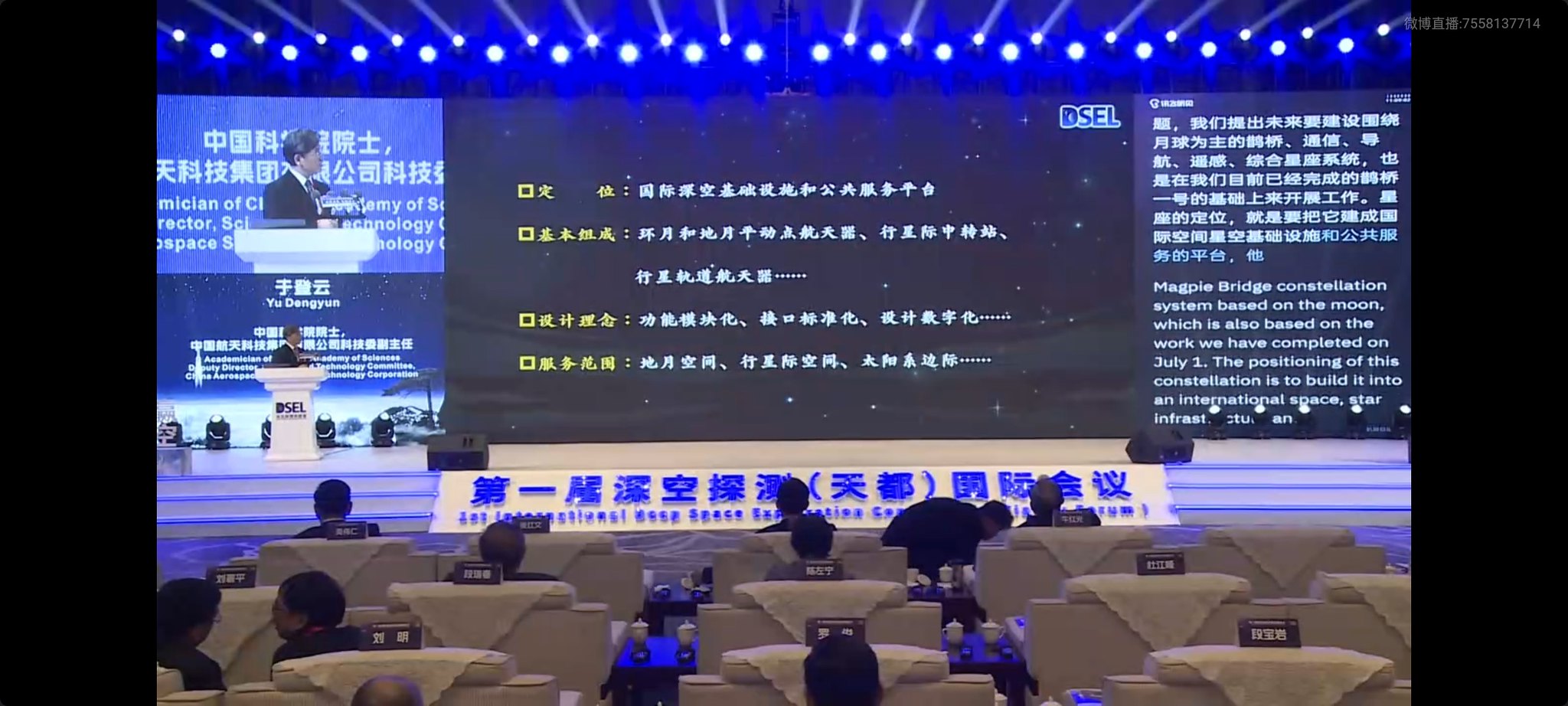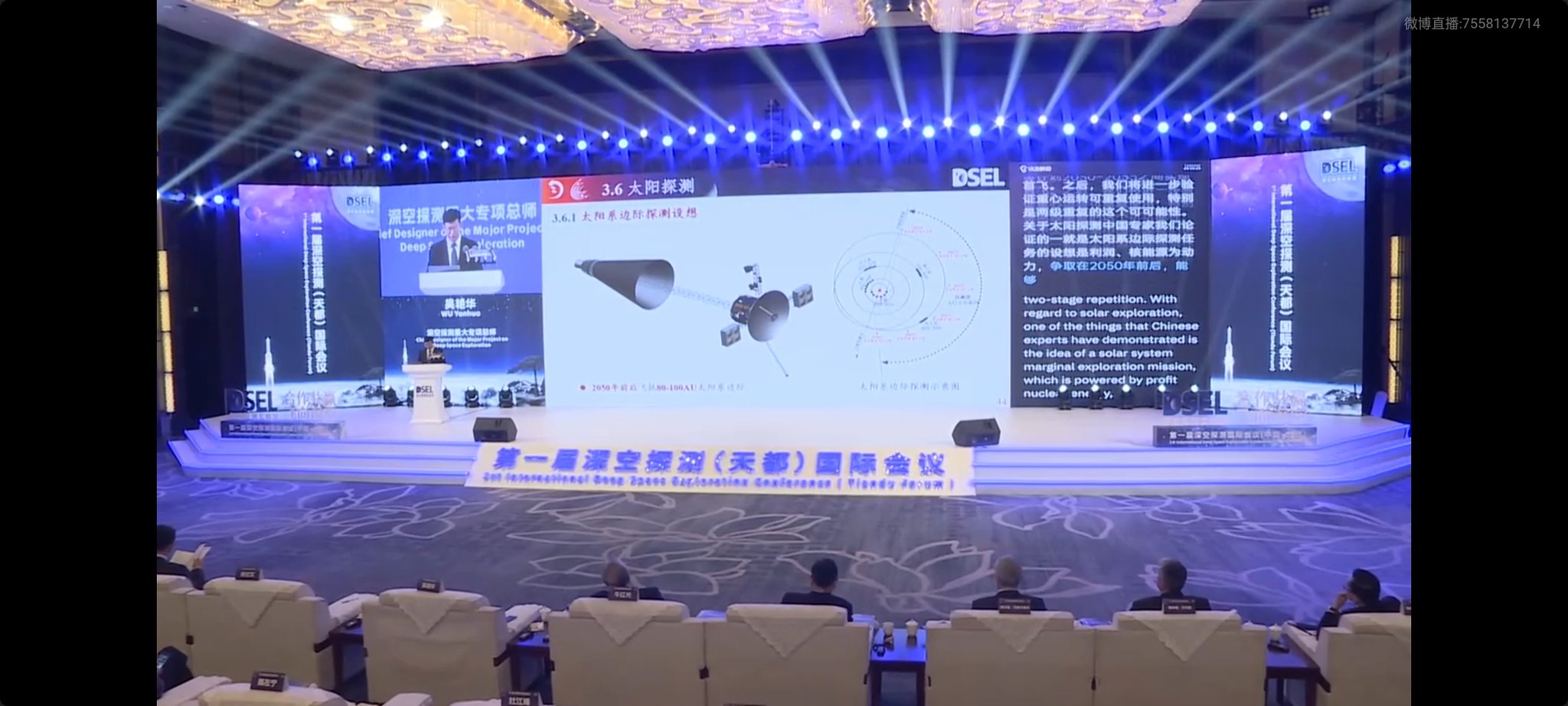You are using an out of date browser. It may not display this or other websites correctly.
You should upgrade or use an alternative browser.
You should upgrade or use an alternative browser.
China's Space Program Thread II
- Thread starter Blitzo
- Start date
The slide is too blurred to see any figure in it but here is the source said on the ground.
The capacity of three configurations in the latest prestentation of Long March 9:
▲ Three-stage basic type: 50 tons of LTO capacity in non-recovery state, 35 tons of LTO capacity in first stage reuse, first flight around 2033.
▲ Two-stage LEO type: 150 tons of LEO capacity in non-recovered state, 100 tons of LEO capacity in first stage reuse, first flight in late 2030s?
▲ Starship-based two-stage fully resuable type: LEO capacity 80 tons, first flight in 2040s? It will be used as an integral part of the flight-based round-trip transportation system between space (or near-space?) and earth.
According to the dictation of Wu Yanhua's report this morning, the Long March 9 rocket of this program, the first and second stages clearly use 200-ton full-flow staged-combustion-cycle liquid oxygen methane engines, while the third stage is hydrogen-oxygen powered.
Personal thought:
Wu Yanhua is the deputy of CNSA, his word also carry as much official weight as you would expect. And the starship clone is placed to fly somewhere around 2044, so I doubt it will eventually be a thing after two decades. IIRC it is the first time we get any idea on launch capacity on reusable variant?
View attachment 111564
Source:
Interesting that is what the text says because the slide seems to have the rockets lined up at different points on the "timeline" (e.g. the three stage version lined up around late 2030s rather than 2033).
One other interesting question I have is why is the 2 stage variant meant to launch so much later than the 3 stage variant, given the 2 stage variant should technically be simpler than the 3 stage variant (after all a stage is deleted).
I raise this, as I find the utility and importance of reusable regular LEO launches as more important for super heavies than LTO launches.
Two-stage LEO type: 150 tons of LEO capacity in non-recovered state, 100 tons of LEO capacity in first stage reuse, first flight in late 2030s?
The first flight will be in the late 2030s. It will be used as an integral part of the flight-based round-trip transportation system between heaven and earth.
Late 2030s-early 2040s for regular 100t LEO first-stage reusable launches, is very slow if SpaceX Starship achieves success in a few years. That would be at least a 15 year gap with SpaceXWu Yanhua is the deputy of CNSA, his word also carry as much official weight as you would expect. And the starship clone is placed to fly somewhere around 2044, so I doubt it will eventually be a thing after two decades. IIRC it is the first time we get any idea on launch capacity on reusable variant?
Has anyone ever put those data into launcher calculator yet? Because I find it confusing that its payload capacity has far exceeded the claimed one.
I mean we have known the Isp and the propellant mass, the only thing that we haven't known from the slide is dry/wet ratio but it is not hard to guess as we have the life off mass on the slide. The payload capacity is around 80 ton on LTO!!!

42 ton on LTO if reusing 1st stage.

Also here is two stage CZ-9 on LEO:

Detail breakdown:
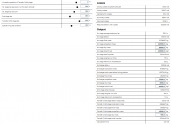
I mean we have known the Isp and the propellant mass, the only thing that we haven't known from the slide is dry/wet ratio but it is not hard to guess as we have the life off mass on the slide. The payload capacity is around 80 ton on LTO!!!

42 ton on LTO if reusing 1st stage.

Also here is two stage CZ-9 on LEO:

Detail breakdown:


